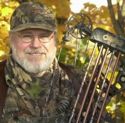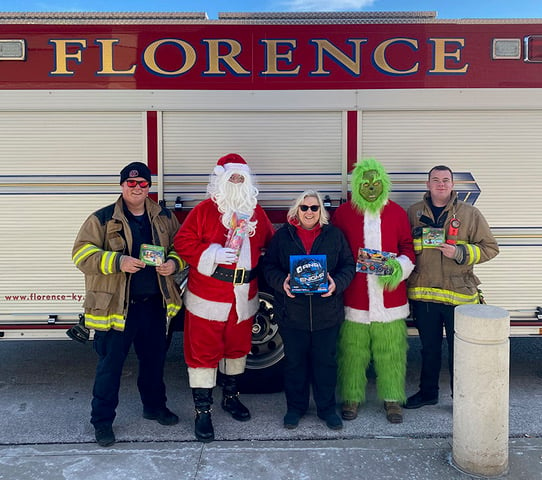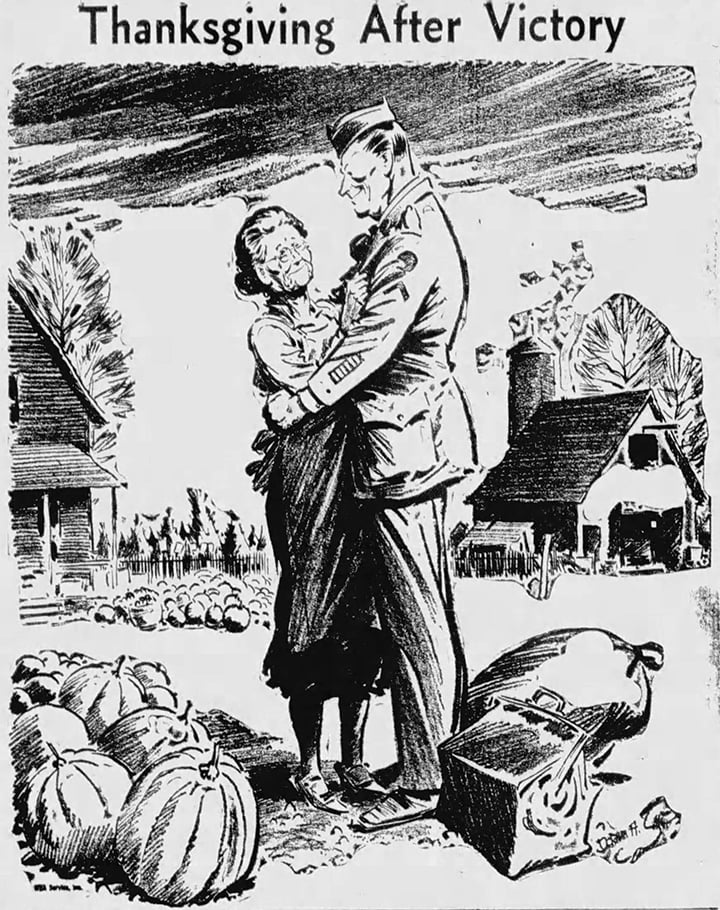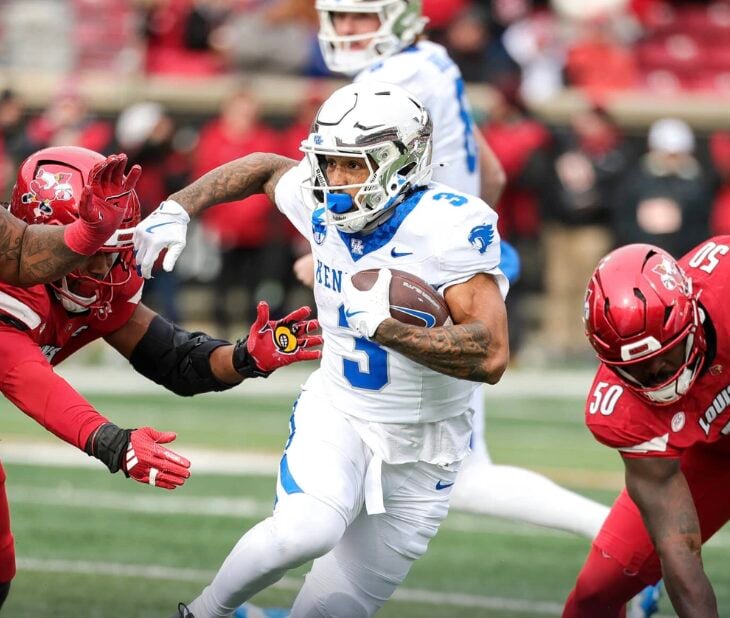Kentucky’s 2018 spring wild turkey season was a head scratcher — certainly not what most hunters have experienced in recent years.
From county to county, the harvest varied, but overall, the turkey harvest was down statewide.
Post-season, hunters are pondering a few puzzling questions. In some counties, hunters reported observing fewer turkeys and hearing less gobbling than in recent years.

Anecdotal evidence suggests that in some counties nesting seemed to be later than normal, based on observations of adult gobblers strutting for hens in June, a behavior typically observed in late March, or April, and observations of hens in late June, with broods of very small poults.
The one constant statewide during the 2018 spring season was the unseasonably cold weather.
It was not good for the hunters or the turkeys and played a big part in how the season developed, and ultimately, impacted the number of birds killed by hunters.
In a post-season report Zak Danks, wild turkey program coordinator for the Kentucky Department of Fish and Wildlife Resources (KDFWR), wrote that “overall reported harvest of 27,151 was down 18 percent from last spring, but less so compared to the 5-year average (down 11 percent, 2014-18), and 10-year average (down 14 percent, 2009-18).”
The unexpected steep decline in turkey harvest has prompted lots of speculation among hunters, the outdoors media, and within the hunting industry.
Harold Knight, of Cadiz, Kentucky, co-founder of Knight and Hale Game Calls, said he believes the decline in the turkey harvest “is just a trend, that there’s nothing real alarming about it.”
He agreed hunting was tough this past spring season. “We had a poor hatch the last two years so we were hunting old turkeys, and old turkeys are hard to kill.”

Knight, who has hunted turkeys in Kentucky since 1960, the first season in the modern wildlife management era, introduced generations of Kentuckians to turkey hunting through his innovative calls, informative seminars, and instructional hunting videos.
“I’m not concerned about our turkey population now,” said Knight. “I think Fish and Wildlife (KDFWR) is doing a good job, and I appreciate what they do.”
Knight said he can remember a time when if he just heard a turkey gobble it made his hunt. “We’re spoiled with all the good turkey hunting they’ve experienced here in Kentucky in recent years.”
He said if he could make a change to the turkey regulations he would lower the bag limit for the fall season. “I don’t like killing hens for any reason.”
During Kentucky’s fall turkey season, the bag limit is four birds (of either sex), twice as many as during the spring season, when only bearded birds may be taken.
During the fall season no more than two may be taken with a shotgun, no more than one bird may have a beard length of three inches or longer, and no more than one bird may be taken per day.
Lower Turkey Harvest Anticipated
A lower harvest was expected for the 2018 spring season, considering the poor hatches the past two years, when the poult-per-hen ratio fell to about 1.6 (in 2016) and 1.3 (in 2017), two of the lowest levels on record.
Also, over time, reproduction has not kept up with harvest increases.
In the 20-year period between 1998 and 2017, the poult-per-hen ratio fell from a high of 4.0 in 1999, to a low of 1.3 in 2017, while the number of turkeys taken by hunters during the spring season increased from about 18,000 to 33,000.
Hunters who lamented a lack of gobbling in their hunting area this spring should consider that poor hatches the last two years meant there were fewer two year-old gobblers, and they do most of the gobbling. “Older birds don’t gobble as much,” said Danks.
Other Significant Harvest Statistics
During the 2018 spring season, turkeys killed per square mile of habitat was highest in the northern and central counties.
• During the 2018 spring season, 95 percent of the turkeys harvested were on privately-owned lands, and the percentage of jakes (juvenile gobblers) in the harvest, fell to just 12 percent.
• During the past 10 spring seasons, turkey harvests declined 2.5 percent or more in 20 counties, were stable, plus or minus 2.5 percent in 87 counties, and increased 2.5 percent or more, in 13 counties.
Impact of Weather

In 2016 and 2017 heavy rains over most of the state during the spring turkey nesting and brood-rearing periods, caused low survival rates.
This March and April were unseasonably cold across Kentucky, with several snow events, as late as the first two weeks of April. According to the National Weather Service, April 2018 was the fourth coldest April on record. April’s record cold snap likely reduced hunting effort and delayed turkey breeding activity.
Heavy rains and cold weather on opening weekend of the 2018 spring season, especially in western counties, translated into lower hunter participation, and turkey harvest. Typically a higher percentage of turkeys are taken during opening weekend than any other time during the 23-day season.
On opening weekend this season just 7,194 bearded turkeys were reported harvested, a 31 percent decline over the previous season.
Turkey Breeding and Nesting
“While photoperiod (lengthening of days) is the key to the beginning of breeding, bad weather can delay breeding,” said Danks.
On average, turkey hatching peaks around Memorial Day, and extends into the second week in June. “Late hatches are usually the result to re-nesting,” said Danks.
Re-nesting occurs when a hen’s first clutch is disturbed, flooded out, or the nest is broken up and the eggs she has laid are eaten by a predator. “Flooding from heavy rain storms can wipe out nests, and really impact brood success,” said Danks.
Knight said he believes the high number of turkey nest predators may be a contributing factor to low turkey reproductive success. “There are a lot of skunks, raccoons and opossums,” said Knight. “Fur prices are down and there’s not as much trapping.”
If funding is available, Danks would like to conduct two research projects that might help answer some questions about low poult-per-hen ratios, and brood survival.
The first project would involve capturing and collaring turkeys with GPS transmitters to gather information on movement, survival, and habitat use.
A second project would involve University of Kentucky researchers, and would evaluate hen nesting loss from small mammals.
Danks said he believes that as turkey numbers stabilize in balance with the land’s carrying capacity that populations in the counties will fluctuate more from year to year.
A good hatch or two will get Kentucky’s turkey flock back on track.
“Weather is the most important driver of population growth,” said Danks. “The population fluctuations we’re experiencing now have more to do with weather than other factors.”

Art Lander Jr. is outdoors editor for KyForward. He is a native Kentuckian, a graduate of Western Kentucky University and a life-long hunter, angler, gardener and nature enthusiast. He has worked as a newspaper columnist, magazine journalist and author and is a former staff writer for Kentucky Afield Magazine, editor of the annual Kentucky Hunting & Trapping Guide and Kentucky Spring Hunting Guide, and co-writer of the Kentucky Afield Outdoors newspaper column.





















